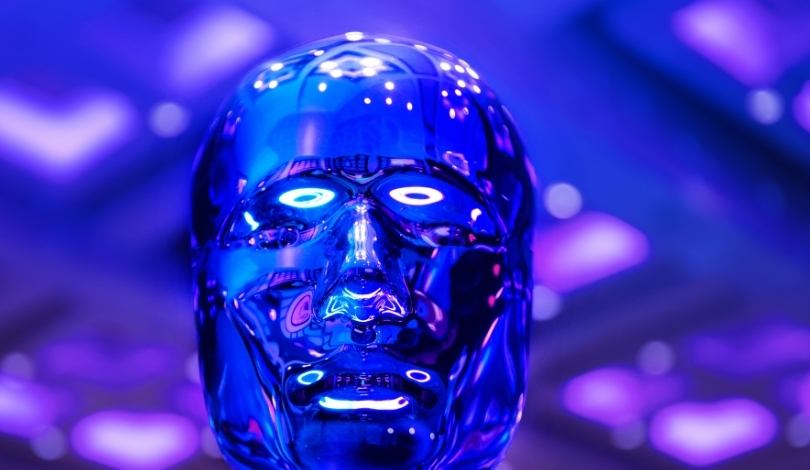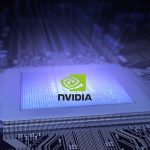Robotics events across several U.S. cities in recent months have attracted significant attention from industry leaders, technologists, and investors alike. Cities such as Boston, Detroit, Houston, and Atlanta hosted major conventions where technologies from AI-powered workflow automation to autonomous defense systems took center stage. Alongside product exhibits, these gatherings enabled critical discussions on workforce impacts and the evolving relationship between startups and established manufacturers. While some trade shows continued traditional focuses, others demonstrated a shift toward broader commercial and defense applications, creating a diversified landscape for robotics innovation. Critical questions linger about how this expansion will shape jobs, research investment, and industrial progress.
Recent years have seen robotics trade shows embracing not just technological development, but also the interplay between commercial, defense, and academic forces shaping automation’s future. Earlier events predominantly attracted established manufacturers and uniformed services, but current editions show broadened attendee profiles and greater startup influence. In particular, increased focus on AI, as noted at Automate and Xponential, represents a shift from hardware-centric demonstrations to integrated, software-driven solutions. New rounds of funding and the promotion of collaboration across sectors mirror the rising stakes and expectations in the automation ecosystem.
How Are Robotics Shows Shaping City Industries?
Automate’s steady growth under the Association for Advancing Automation (A3) has elevated Detroit’s convention scene, outgrowing the city’s halls and prompting a future return to Chicago’s McCormick Place. The influx of over 45,000 attendees highlighted Detroit’s aim to revive its industrial base through automation, despite the city’s decline from its former manufacturing dominance. Jeff Burnstein, president of A3, described the broader impact:
“Our data across a 30-year period tells us that robots are helping to save and create jobs… The real risk to jobs is when companies can’t compete, as we see from the empty factories that are so visible right here in Detroit.”
Parallel to the trade fair’s scale, demonstrations by brands like Cambrian Robotics showcased advancements in vision-guided automotive assembly, suggesting broader opportunities for local industry renewal.
What Technologies Are Startups Bringing Forward?
Cambrian Robotics’ vision-based automation solutions drew considerable attention, reflecting the increasing appeal of AI-infused workflow tools for automotive and industrial use. Startups such as Kinisi and Nexus Intelligence leveraged foundational AI models for flexible task execution and seamless integration with industrial automation systems. Kinisi, notably, presented a two-armed mobile robot utilizing OpenAI to generate new behaviors, while Nexus offered platforms simplifying the linkage of industrial controllers with generative AI tools. Industry perspectives, including commentator Rodney Brooks, highlighted the continuing importance of control theory, even as generative models attract headlines.
Are Defense and Commercial Robotics Blurring Boundaries?
At Houston’s Xponential event, distinctions between defense and commercial applications appeared to recede as more commercial buyers and partners surpassed the traditional military presence. Innovations ranged from drones and marine robots to autonomous fighter jets, with Anduril’s $2.5 billion funding round underscoring the market’s scale. As startups connect more closely with defense agencies, demonstrations at such conventions sometimes precede product deployment in conflict zones. The growth in these sectors raises questions about procurement, regulatory adaptation, and how rapidly fielded systems might influence strategic priorities.
Across all three events, increased cross-sector partnerships and investment signaled heightened momentum in robotics technology. Robotics Invest in Boston brought together startups like Plus One Robotics, Cambrian Robotics, and Burro, alongside venture capital and academic leaders. The participation of organizations like MassRobotics illustrated the ecosystem’s role extending beyond product demonstration toward nurturing the next wave of founders and technologies. Book launches, panel discussions, and informal exchanges all contributed to a fertile ground for knowledge transfer and future collaborations.
The surge in robotics event attendance and visibility of products from Cambrian Robotics, Kinisi, Nexus Intelligence, and established players like Anduril indicates mounting confidence from investors and end users. While the integration of large language models and AI into physical systems promises versatile automation, barriers involving safety, reliability, and workforce transition persist. Observers should track developments in regulatory policy, educational programs, and infrastructure that will determine how these innovations shape labor markets and competitiveness. Additionally, those considering automation adoption must assess both short-term gains and longer-term effects on organizational skill sets, supply chains, and investment cycles. By maintaining a balanced view of risks and opportunities, companies and policymakers can better navigate the changes brought on by rapid advancements in robotics technology.










